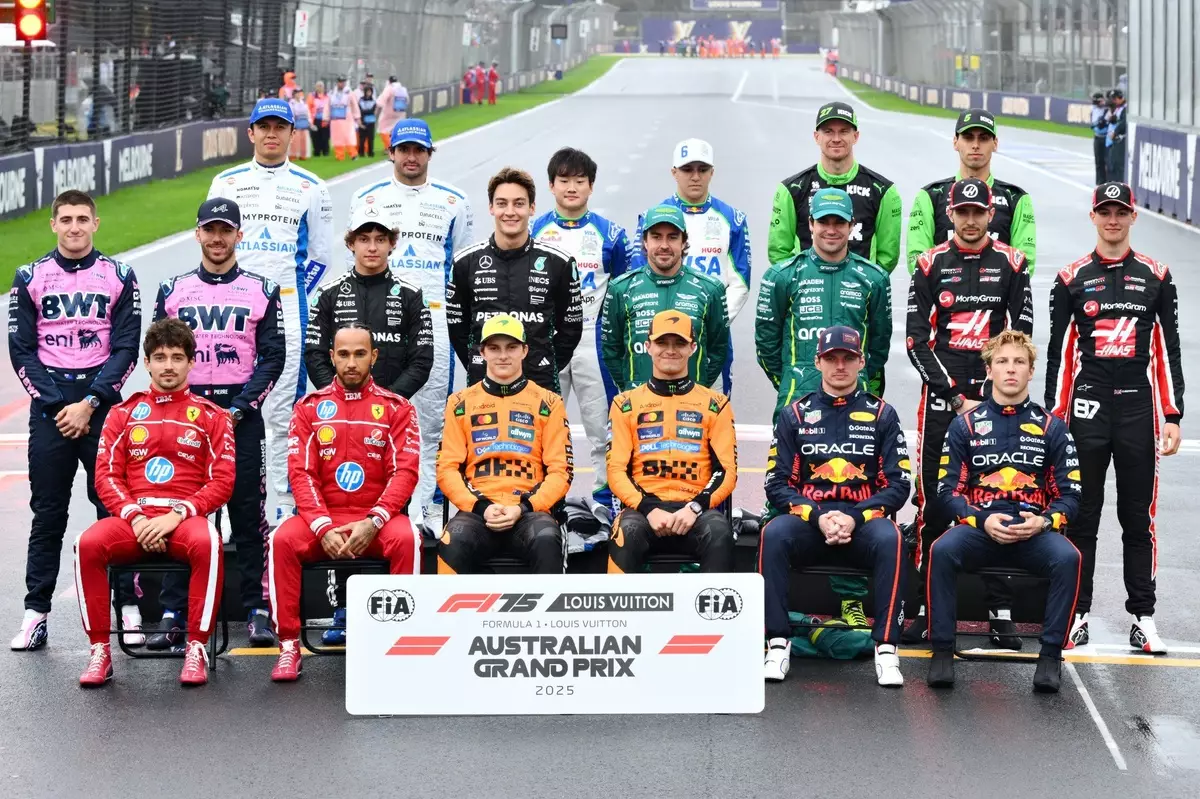Formula 1’s driver market is an ever-evolving landscape where contracts, performance, politics, and corporate interests collide, creating a spectacle that rivals racing itself. The murmurs of driver moves, team shake-ups, and sponsorship gambles dominate paddock conversations, especially during the mid-season lull, indicative of a sport that thrives on uncertainty. Unlike the short-lived excitement of a new car launch or a sensational race victory, these contractual dance routines span years, often hidden behind PR-agreements, making speculation both a sport and a strategic chess match. The upcoming 2026 season promises to be no different, with a new cast of contenders ready to reshape the sport’s power dynamics.
What fundamentally underpins these potential shifts? The answer lies in a complex mixture of existing contracts, team ambitions, technological developments, and personal aspirations. While driver talent remains paramount, the behind-the-scenes negotiations, contractual clause intricacies, and financial considerations often dictate the final outcomes. As race fans fixate on the present, the true battle lies in the shadows—who will have a seat at the table in three years’ time? That question is more relevant than ever, with multiple variables capable of radically rewiring the grid.
The Verstappen Conundrum: Loyalty, Performance, and Opportunity
Max Verstappen, reigning World Champion and the crown jewel of Formula 1, embodies this uncertainty. Although under contract with Red Bull until 2028, whispers about performance bonuses and clause-triggered negotiations cast doubt over his long-term future. Verstappen’s current dominance signals he has more leverage than many drivers, but the real question centers on whether Red Bull’s new management structure and upcoming engine projects can continue to satisfy his ambitions. The abrupt change in team leadership with Christian Horner’s departure, combined with the nascent Ford-backed engine program, introduces fresh variables that might tempt Verstappen to consider greener pastures or strategic exits.
The Mercedes team, under Toto Wolff’s stewardship, remains a lurking contender. Wolff’s well-documented admiration for Verstappen ignites speculation about a possible switch—though that would require many dominoes falling perfectly into place. Red Bull’s second driver seat adds further intrigue. Yuki Tsunoda, whose contract runs out this year, has yet to convincingly cement his place; a strong performance elsewhere or a seat vacancy could open opportunities for rising stars like Isack Hadjar. Verstappen’s potential departure could spark a domino effect—echoing through team line-ups and driver careers, forcing firms to rethink their talent pipelines.
Pressure Points for Drivers Like George Russell and Emerging Talents
For Mercedes’ George Russell, the 2026 landscape presents both risk and opportunity. His contract’s expiration at season’s end leaves his future tied to the team’s direction and financial negotiations. Russell’s often underwhelming results compared to teammate Lewis Hamilton have raised eyebrows, and the looming uncertainty could push the British driver to seek opportunities elsewhere. With Verstappen possibly eyeing a seat at Red Bull or even a move to Aston Martin, Russell’s strategic calculus involves evaluating whether staying loyal to Mercedes—who may or may not prioritize him amid their own driver development plans—is the best course.
The prospect of another driver filling Mercedes’ second seat raises the stakes for young talent like Andrea Kimi Antonelli. Despite struggles for form, he remains on the team’s radar, perhaps as a future star rather than an immediate solution. For Antonelli, the coming months could define his trajectory, determining whether he gains crucial experience in Formula 1 or is parachuted into other roles that accelerate his development.
Meanwhile, teams like Aston Martin are eager to capitalize on the changing landscape, particularly with their first Adrian Newey-designed car set to debut in 2026. A switch from a driver like Russell or even Mercedes-bound talents to Aston Martin could dramatically alter their competitiveness and branding ambitions. The entire driver market operates like a high-stakes poker game, with each move carefully calibrated to maximize long-term gains.
New Entrants and the Future of F1’s Diversity of Talent
Looking beyond the established powerhouses, the arrival of Cadillac as an 11th F1 team signals a shift toward increased commercial influence and new opportunities. Backed by General Motors, Cadillac’s entry is a testament to the sport’s growing globalization and financial heft. While it is unlikely they will attract top-tier drivers under current market dynamics, the team’s aggressive financial backing opens doors for veterans like Sergio Perez, Valtteri Bottas, or promising talents from the junior ranks.
The rumor mill buzzes with potential signings—Perez’s experience, Bottas’ steadiness, and young drivers such as Mick Schumacher or Zhou Guanyu—all vying for economic and professional incentives. The influence of new teams and strategic investors emphasizes a broader trend: F1 is increasingly a game of smart investments and talent acquisition, where potential growth and visibility can outweigh immediate racing results.
What this means is that the 2026 grid will be not only a product of driver performance but also of finely tuned negotiations, strategic marketing, and financial power plays. The intricate web of deals, ambitions, and contractual clauses means that the driver line-up won’t simply be a reflection of skill alone but a calculated matrix of influence that could rewrite the sport’s history books.
In the end, the 2026 F1 landscape is a testament to the sport’s inherent unpredictability and strategic complexity. The combination of contractual intricacies, changing team strategies, emerging talents, and the influx of new players ensures a future filled with surprises. For fans and stakeholders alike, this period of transition might be the most exciting yet—a chance to witness the birth of a new era where power, performance, and politics collide in the ultimate automotive arena.


Leave a Reply